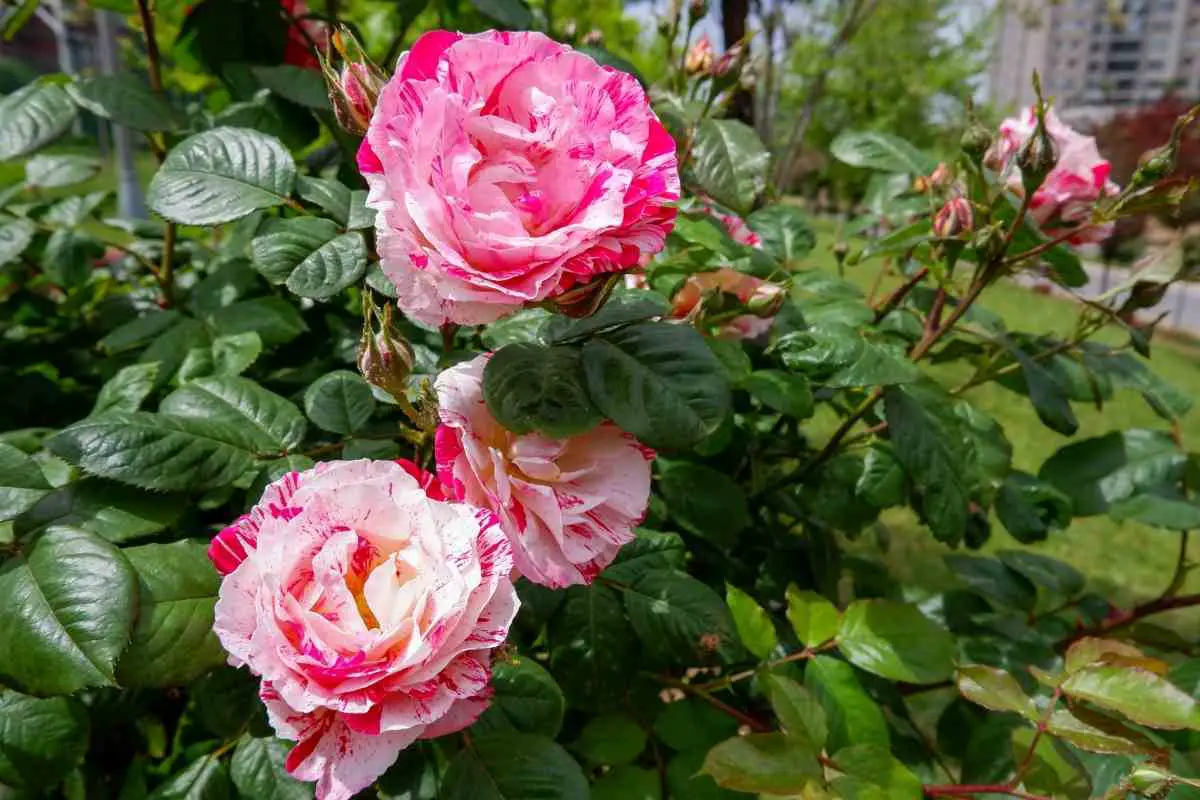When you’re on the lookout for a stunning rose for your garden, Osiria roses are striking and beautiful.
Not only that, they produce a lovely, strong fragrance.
Osiria roses are a hybrid tea rose that are usually dark red in color with a contrasting white on the reverse of the petals.
However stunning these roses may be, you may wish to read up a little about them if you’re looking to grow some or have found some in your new backyard.
Osiria Rose Origins
The original Osiria rose was created by a German man named Mr. Reimer Kordes back in 1978.
Kordes cross-bred hybrid perpetuals with tea roses and created roses that have colors that are so striking that onlookers often suspect they are fake!
These roses were first introduced to France by a man named Willemse France who named them “Osiria”.
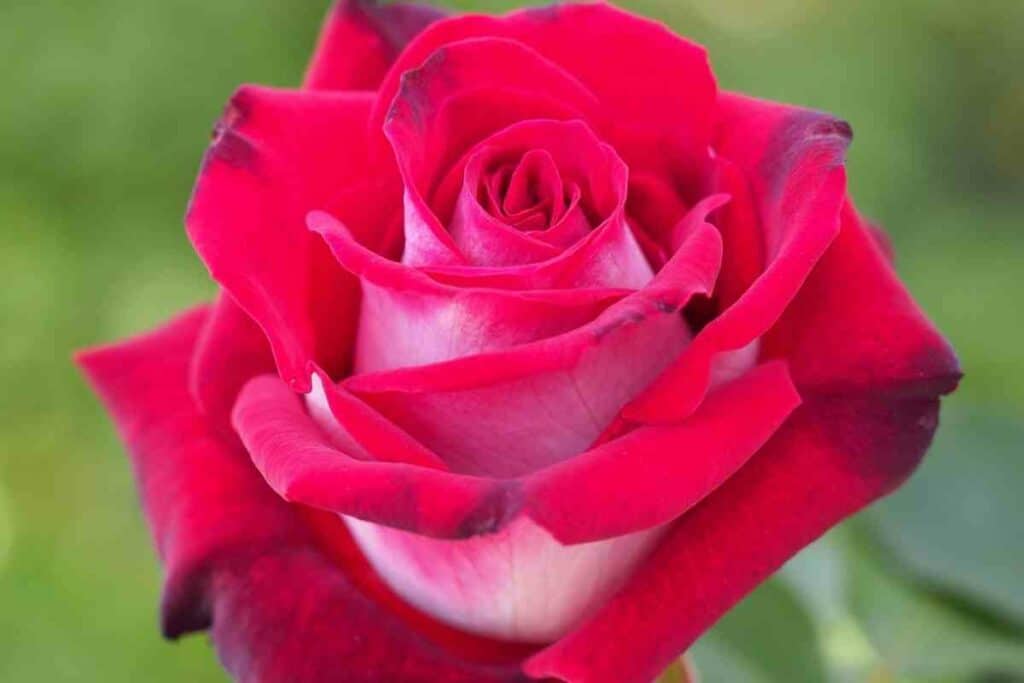
Whilst the true origin of the name is unknown, many believe it could be loosely linked to “Osiris” of Egyptian mythology.
In Ancient Egypt – Osiris was the god of agriculture, fertility, the dead, the afterlife, life and vegetation (he had quite a lot of strings to his bow it seems!).
Any one of these titles could be linked to the naming of this rose. The petals are velvety to the touch and are a bright, sumptuous red backed up with bright white.
Given that Osiris rose from the dead, the white rose petals tinged with a blood-red color could be indicative of his blood-stained rising.
Osiria Blooms
Osiria roses are a little tricky to grow. In the summer season, the rose blooms slowly throughout the warmer months.
It grows to a height of around four feet and takes up around three feet in width. It will take between two and five years to reach this size and be considered a mature rose plant.
This hybrid rose is a re-flowering variety – it will bloom several times in a single season with short breaks between each flowering.
Flowering begins in June and goes on until September. The plants develop well and have a slightly spreading and erect appearance.
The leaves of the Osiria rose are characteristic of rose bush leaves in their shape.
They are dark green in color with a smooth, matte surface with small teeth along their edges. The leaves grow along the whole length of the shoots.
Caring for Osiria Roses
Caring for these beautiful blooms can be straightforward.
However, like many hybrid tea roses, they can be temperamental and require regular care.
Pruning
Pruning must be carried out periodically to encourage the growth of new shoots and buds.
Their first prune should be before their active growing season. They should be pruned carefully with some of their inner branches stripped away to give the plant enough airflow.
Deadheading
Deadheading should happen regularly as this ensures new flowers grow and focuses the plant’s nutrients into new blooms rather than ones that are past their best.
By removing the dead blooms, you are also limiting pest infestations – pests love nothing more than a decaying flower. Caring for the rose bush in this way will ensure it is at its healthiest.
Over-pruning
Be careful not to over-prune your bush.
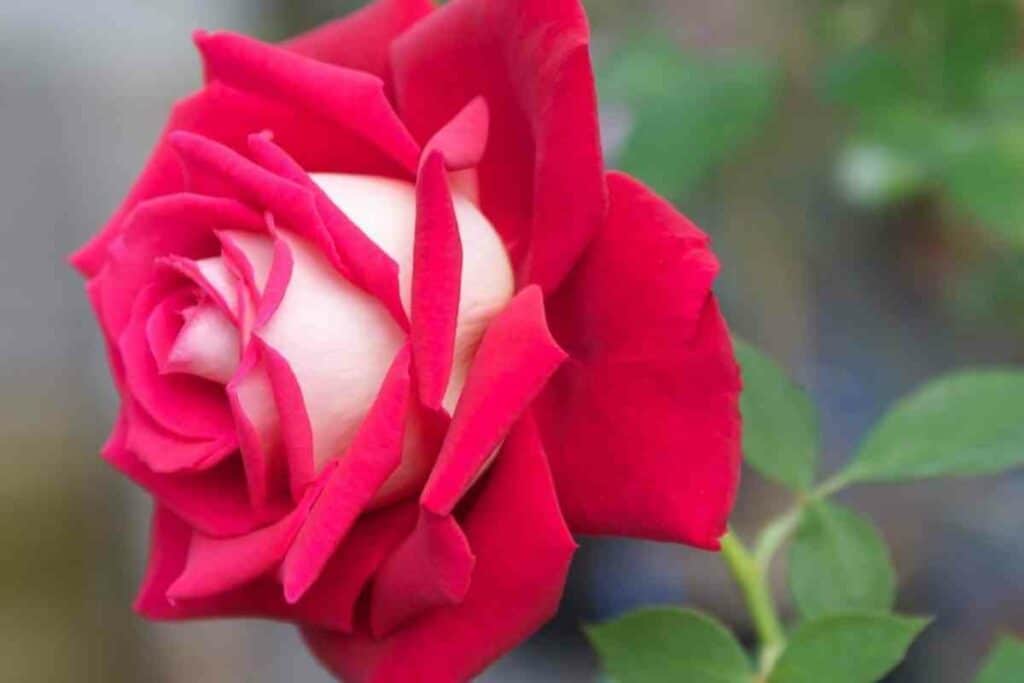
The most you should cut off in one go is no more than two or three branches as any more may weaken the bush.
Once the flowering has ended, you can perform winter pruning. This should take place around October time, giving your rose a nice neatened-up trim.
Over Winter – You should be careful to cover your rose bush if you live in a place with cold winters.
Watering
When it comes to watering, the summer months are the most difficult.
You should water your rose bush every five to seven days in warmer weather and more often if the season is particularly dry.
Over cooler but dry periods, watering every ten days should be sufficient.
Osiria Rose Pests
Like many rose bush varieties, Osiria is susceptible to rust, powdery mildew and black spot.
One of the Osiria rose’s parents is said to be the Snowfire rose.
This variety is prone to fungal infection, so you should also be aware of this possibility too when caring for your Osiria.
Aside from the aforementioned diseases, other pests can become a problem with this rose bush.
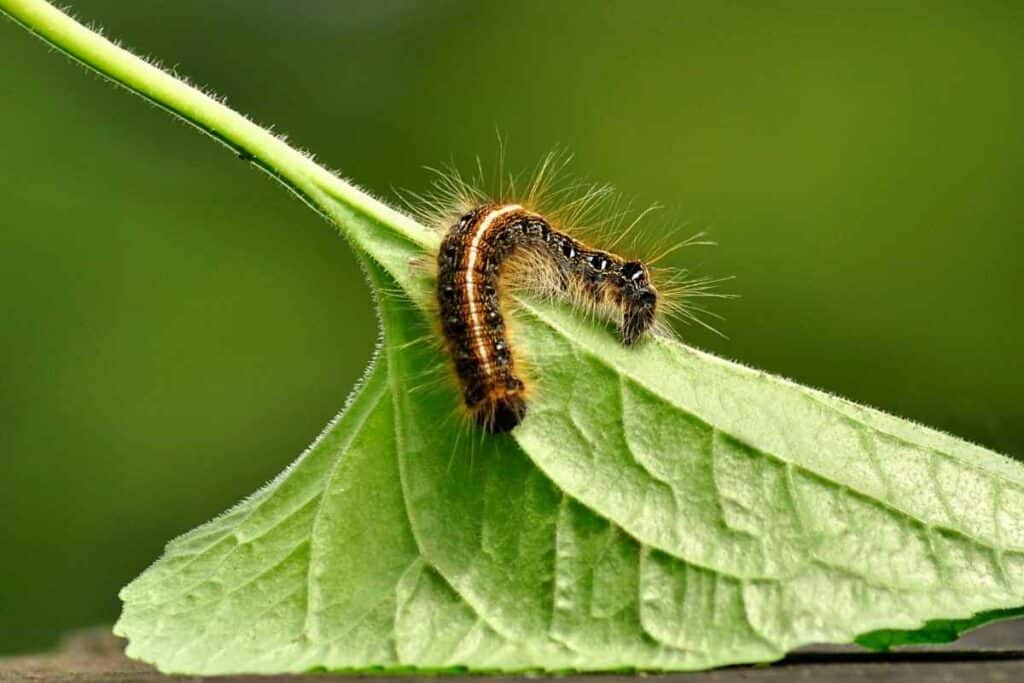
Aphids, caterpillars, rose leaf-rolling sawflies, leafhoppers and glasshouse red spider mites can all be problematic.
You can try to prevent and control such pests with good quality sprays and treatments from your local garden center.
However, sometimes, a targeted spray from a garden hose is all that is needed to shake off some of the bug varieties.
Pests must be tackled as early as possible. The last thing you want is for all your hard work to be wasted if your roses succumb to an avoidable pest.
Osiria Rose Soil
Before growing an Osiria rose bush, you should check the type of soil in the area where you would like to plant it.
The Osiria rose prefers loose and slightly acidic soil. The area should receive plenty of sunlight and be sheltered from the wind.
If you’re planting more than one Osiria rose bush, they should be placed around 20 inches apart from each other.
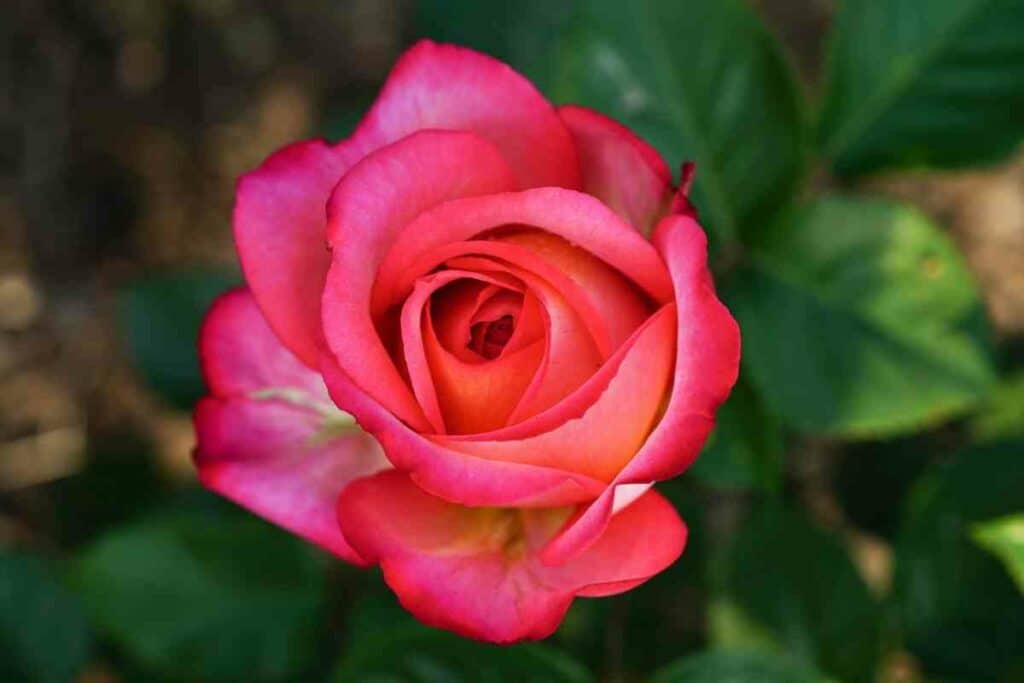
You should always ensure that the soil for your Osiria rose is well nourished and maintained.
Adding a mulch to your rose beds is not only a great source of nutrients for the plants, but it can also provide a little shelter and warmth for the bushes’ stems and roots in the colder seasons.
Feeding the rose is important, especially in poorer soils.
Keep In Mind – The Osiria rose bush needs sufficient potassium, magnesium, phosphorous, iron, manganese and boron to be healthy. These nutrients ensure that the buds form correctly and give the flowers and foliage their rich, striking colors.
The root system also needs these nutrients to grow strong and stable to be able to support and nourish the plant throughout its life.
You should fertilize your rose bush around twice a year starting with a good fertilizer in the early spring ahead of the summer blooming season and once again in the mid-summer months when it is at its growing and blossoming peak.
Where to plant Osiria roses
Many gardeners choose to plant their Osiria roses in raised beds so that they can enjoy them higher up in their garden.
Additionally, raised beds allow for improved soil care and they can help to minimize the spread of pests and diseases from other parts of the garden.
Alternatively, Osiria roses can be planted in garden borders. This will create a beautiful, cottage garden setting in your yard and conjure a romantic ambiance.
The blooms can also be cut and put inside your home in a vase or to create a stunning bouquet for a loved one.
Osiria Roses – The Advantages
There are many advantages to growing these stunning roses:
- Striking, unique flowers that will be the talk of the neighborhood.
- Wonderful scent.
- Perfect for cottage gardens.
- Grows well in raised beds.
- Grows in the same place for over a decade.
- Blooms several times a season over a long period.
Osiria Roses – The Disadvantages
As with many plants, there are a few drawbacks to consider before planting an Osiria rose in your garden:
- The bush can grow slowly.
- It can have peduncles that are quite weak.
- Sometimes the seedlings bought from garden stores are not true Osiria roses and are mis-sold as Osiria.
- They can be susceptible to some diseases.
- They need exacting care.
Osiria Rose Care – A Summary
Now that you know quite a lot about Osiria roses and how to care for them, let’s sum it all up in an easy-to-read format.
| Osiria Roses | |
|---|---|
| Suggested Uses | Cottage gardens Beds Borders Raised beds Cut flowers Flower arranging/bouquets |
| Color | Striking red and white bi-color petals Dark green foliage |
| Aroma | Strong, pleasant scent |
| Growing | Plant in full sun Well-drained soil Avoid soil that has previously had roses growing |
| Soil Type | Sandy, clay, chalky or loamy Will tolerate most soils |
| Soil Drainage | Moist Well-drained |
| Soil pH | Slightly acidic Neutral |
| Sunlight | Full sun |
| Exposure | Sheltered from winds |
| Hardiness | Hardy |
| USDA Zones | Zone 9 Zone 8 Zone 7 Zone 6 Zone 5 |
Final Thoughts – Osiria Rose Care Guide
Despite being somewhat of a challenge to grow, the beautiful Osiria rose will dazzle you with its tantalizing blooms and delicious, sweet scent.
Patience is needed given its slow growth and maintenance, but you are sure to be rewarded for your efforts and investment in its care.
The Osiria rose is as flamboyant as they come. The wow factor it gives is like no other thanks to its florist-worthy blooms.
It will be sure to turn a few heads in your neighborhood or when you have visitors in your backyard.
